The Nikkor Z 20mm f/1.8 S completes the initial line-up of f/1.8 Z primes at the bottom end and at the same time is Nikon’s first ultra-wide prime lens for the Z mount.
Traditionally, primes that wide used a rather moderate speed of f/2.8. Nikon went for a fast f/1.8 aperture… a trend we can see across all manufacturers to differentiate prime lenses from their ultra-wide zoom lenses. The latter can often compete with modern primes in terms of sharpness. Prime lenses however still rule the speed segment.
The fast aperture, in combination with Nikon’s “S” designation, which is reserved for the higher grade lenses taking full advantage of the new sensor mount and its large diameter, comes at a cost, though. With a price tag of around 1000 EUR/1050 USD at the time of this review, the lens is not exactly cheap in absolute terms, even though it’s still in line with the competition.
Let’s have a look at how the lens performs on the Z7.
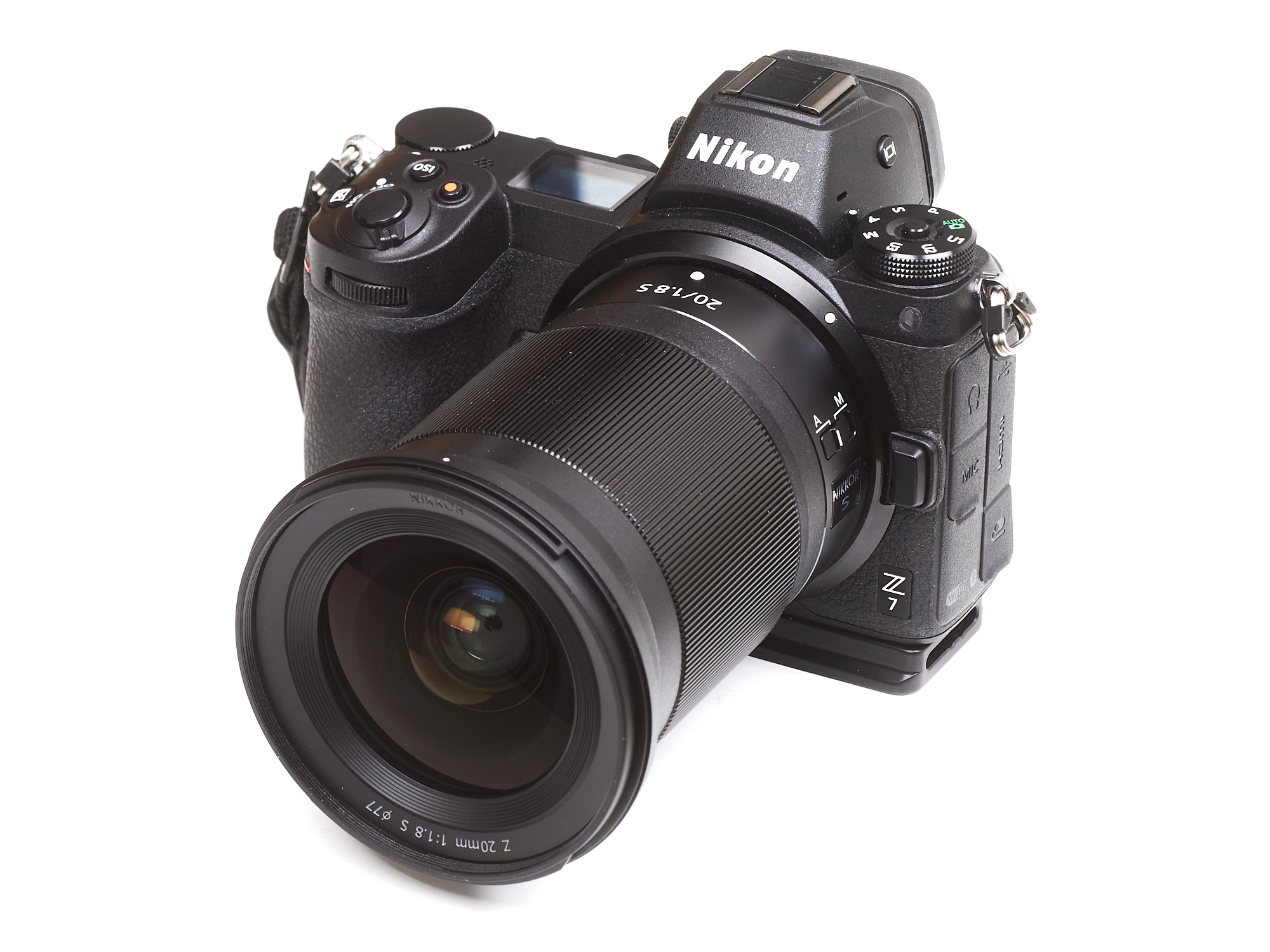
The lens shares its minimalistic design characteristic with the other Z-mount f/1.8 prime lenses. The weather-sealed lens consists of a mixture of tightly assembled polycarbonate and metal parts. The latter includes the mount and most of the body parts, including the broad focus ring, giving the lens some weight and a welcome feeling of solidity.
The number of controls on the lens is reduced to a minimum with just an AF/M switch and the already-mentioned focus ring. A classic distance scale is as absent as has an aperture ring been on most new Nikon lenses for quite a while now.
The focus ring works by wire, so it is not in any way mechanically coupled to the focus motor. This allows for dynamically adjusting the focus throw depending on the speed the focus ring is turned, giving fast changes with fast movements and very precise fine-tuning with slow movements. If you aren’t into manual focusing anyway, you can reconfigure the ring to aperture control, or if you like it exotic to ISO control or exposure compensation.

Thanks to an IF (inner focus) design the length remains constant regardless of the focus setting and as you’d expect from any modern lens the front element does not rotate. So, using a polarizer is no problem.
The lens features a stepping motor that allows the lens to adjust focus fast and silently. It’s not a completely noiseless drive, though, so if you’re into video, you’ll likely want to use an external microphone (which you’ll probably use anyway if you’re seriously into video). The aperture is controlled electronically, too.
The lens is sealed against dust and moisture.
| Specifications | |
|---|---|
| Optical construction | 14 elements in 11 groups (inc. 3x ED and 3x aspherical elements, and elements with Nano Crystal Coat) |
| Number of aperture blades | 9 (rounded) |
| min. focus distance | 0.20m (max. magnification ratio 0.19x) |
| Dimensions | 84.5 x 108.5 mm |
| Weight | 505 g |
| Filter size | 77 mm (non-rotating) |
| Hood | petal-shaped (bayonet mount, supplied) |
| Other features | Stepping motor (STM), electronic aperture, customizable control ring, dust and moisture sealings |
Distortion
Without software correction, the lens produces a medium amount of barrel distortion at 2.1%, which is acceptable for a 20mm lens. Nikon’s in-camera software correction reduces distortion to a negligible amount of 0.2%.
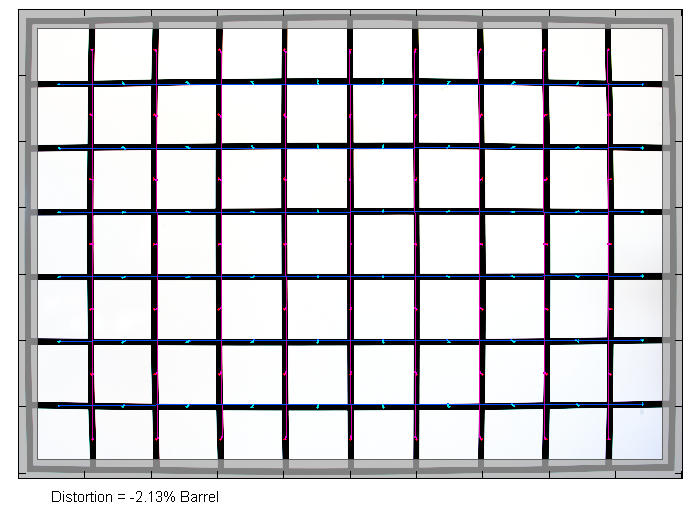
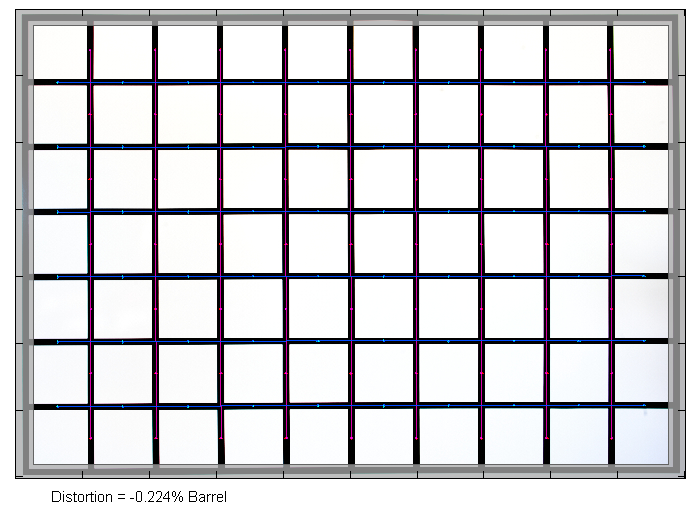
Vignetting
Ultra-wide lenses tend to vignette quite a bit and a fast speed doesn’t help here either. So it doesn’t come as a surprise that the Nikkor Z 20mm f/1.8 S produces a light fall-off of no less than 3 EV (f-stops) at f/1.8. It’s still 1.5 EV at f/2.8 and it never improves beyond 1.2 EV.
Enabling auto-correction is therefore a good idea. At its default “normal” setting, it reduces the vignetting by about 1EV/f-stop and fully-open aperture which can still be noticed in many scenes. The issue is mostly resolved from f/2.8 with a moderate falloff of 0.76EV.
To get even better results, you can set the in-camera correction to a more aggressive setting or, preferably, use a compatible RAW converter. This converter can use the lens correction profile that is always included in the NEF files. Using those profiles, the vignetting can be brought down to zero at all aperture settings.
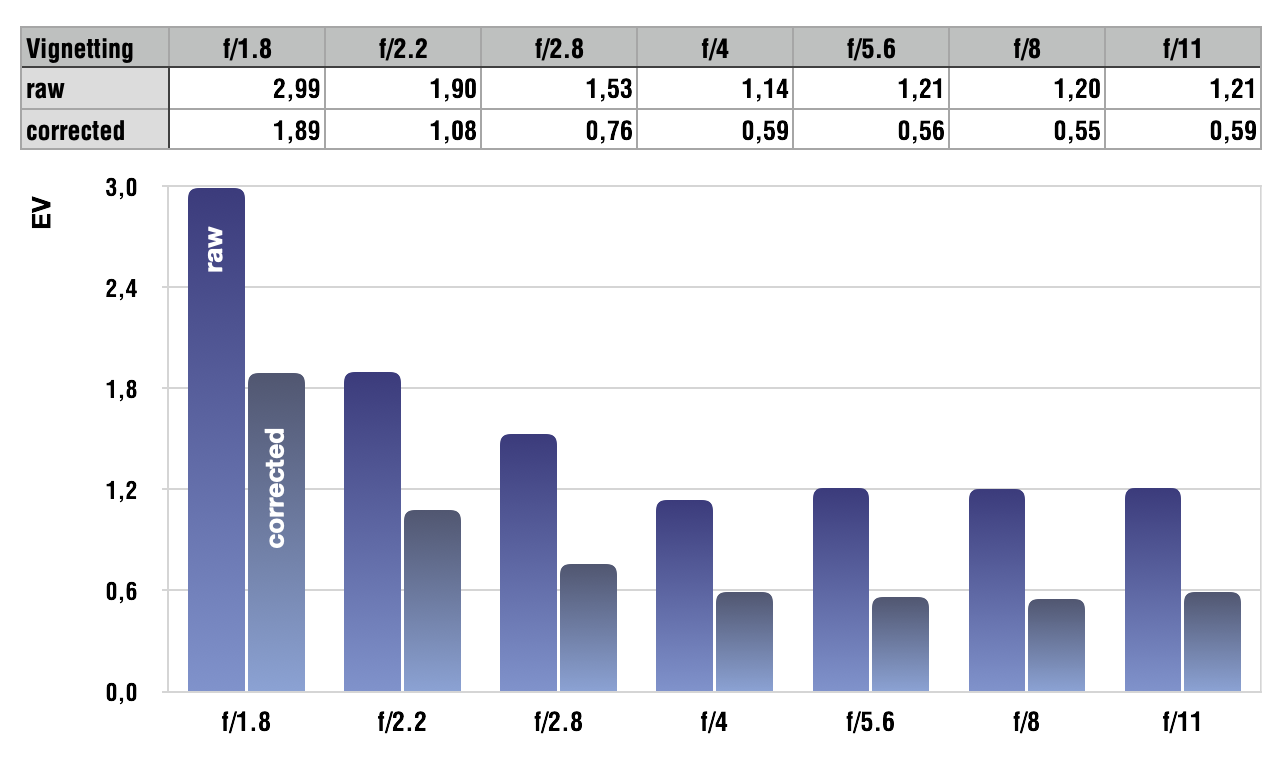
MTF (resolution)
The Nikkor shows a superb resolution in the broader image center straight from the maximum aperture. The borders are very good which is still very impressive at f/1.8. The corner quality is on a lower level but still pretty good here. Stopping down improves the center and borders marginally by the corners are lifted to very good results f/2.8 onward. The global peak performance is reached around the f/4 mark. Diffraction is a limiting factor at smaller apertures and you shouldn’t stop down beyond f/11 unless required.
The lens showed a tiny amount of focus shift when stopping down (residual spherical aberration).
Please note that the MTF results are not directly comparable across the different systems!
Below is a simplified summary of the formal findings. The chart shows line widths per picture height (LW/PH) which can be taken as a measure for sharpness. If you want to know more about the MTF50 figures you may check out the corresponding Imatest Explanations
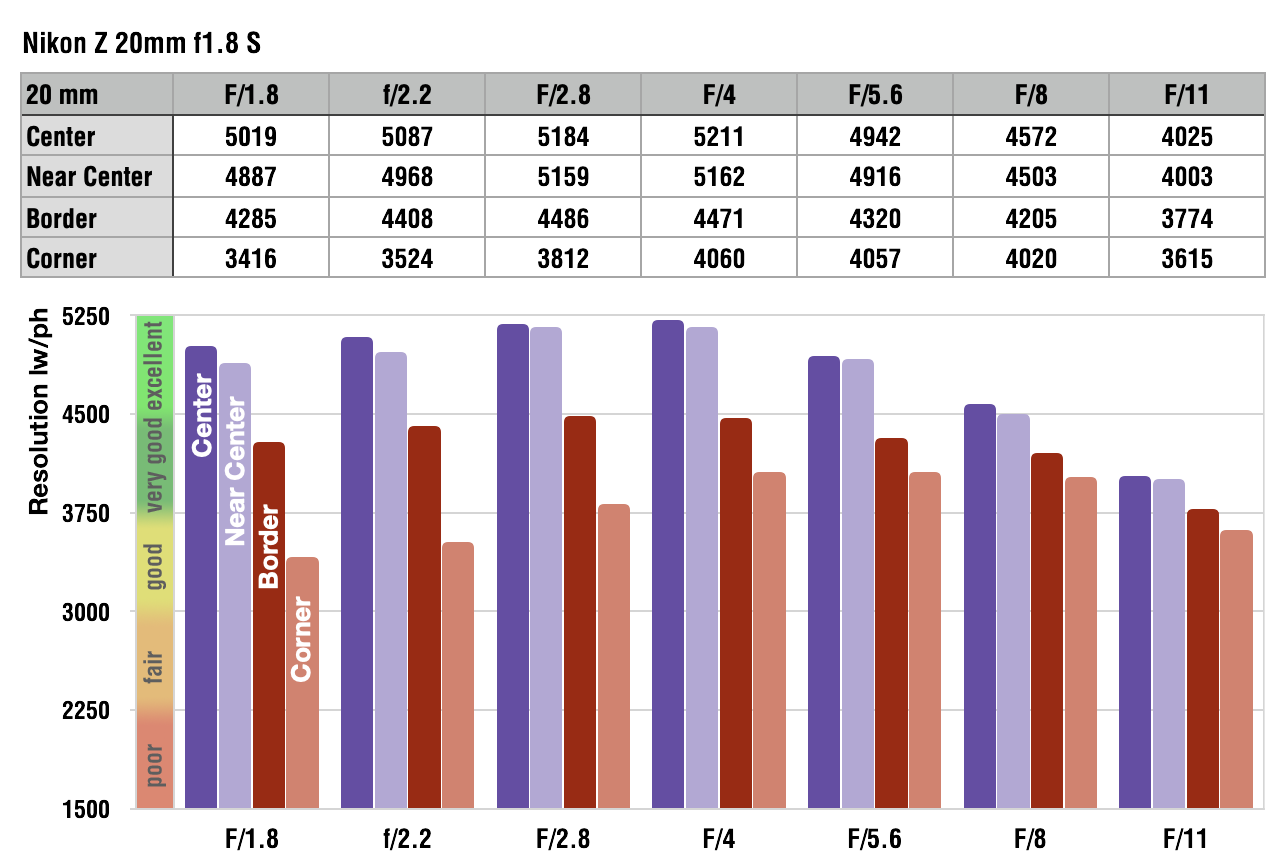
Chromatic Aberrations (CAs)
Chromatic aberrations (color shadows at harsh contrast transitions) are reasonably well controlled, with values of around 0.9px on average at the image borders wide open.

Bokeh
Ultra-wide lenses are relying on several aspherical elements in order to maintain a good performance across the image field. This is usually not a good recipe with respect to the smoothness of the out-of-focus blur (bokeh). However, surprisingly, the Nikkor is one of the best lenses in this respect that we have seen so far.
Out-of-focus highlights have a very smooth inner zone and the circular disc shape is nicely maintained up to f/2.8.

The smoothness and circular shape of highlights is maintained across the image field. There’s barely any deterioration of the disc shape towards the corners of the image field. Stopping down doesn’t really improve the rendering of the discs.





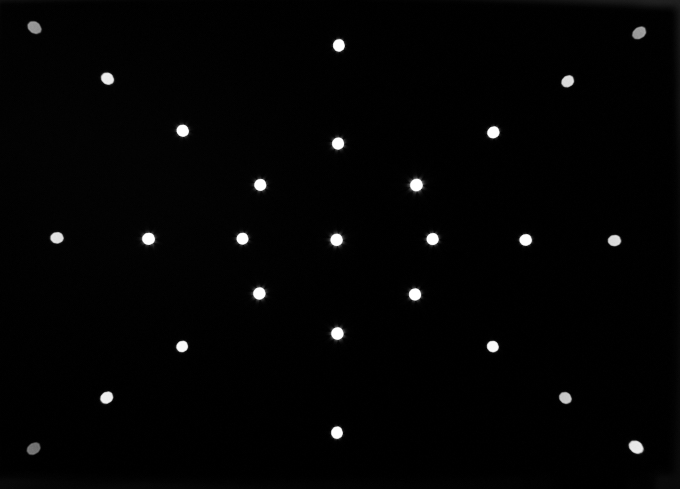
The general rendition in the focus transition zones is very smooth in the rear focus transition zone (shown to the left below). The less critical foreground (to the right below) is a bit more nervous though.

Bokeh Fringing / LoCA
Bokeh fringing (non-coinciding focal planes of the various colors, also referred to as longitudinal chromatic aberration, or LoCA for short) is an axial color fringing effect and a common issue with relatively fast glass. It’s visible as halos of different colors – magenta (red + blue) in front of the focus point and green beyond. Unlike lateral CAs, bokeh fringing can not easily be fixed in post processing.
Typical for most fast primes the Nikkor shows some bokeh fringing at large aperture settings. The fringing can be reduced by stopping down and it’s mostly gone from f/4 onward.
In addition, these shots also illustrate the slight amount of focus shift (“Residual spherical aberration” or RSA) towards the rear when stopping down that was mentioned in the MTF section.
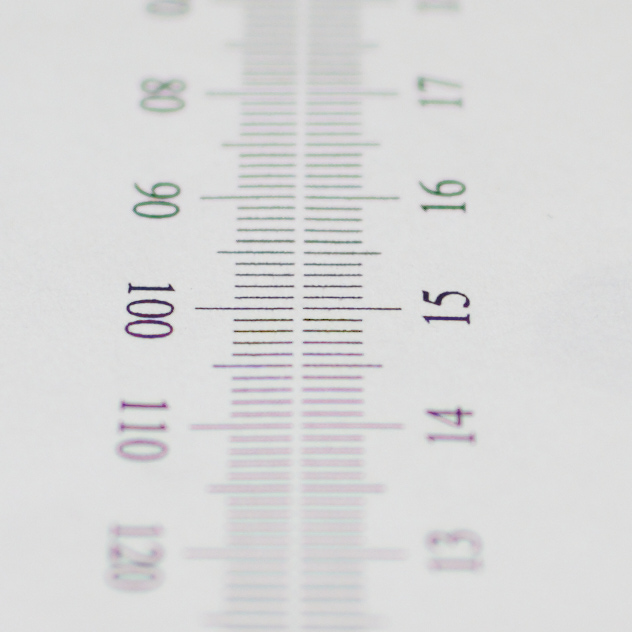
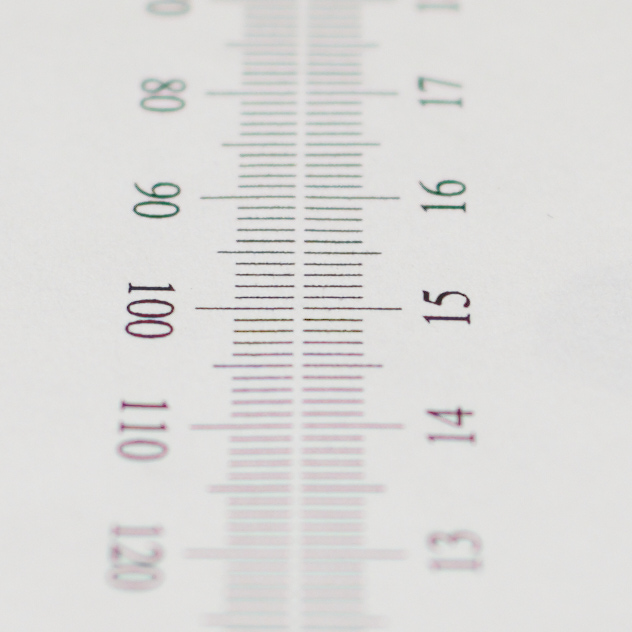

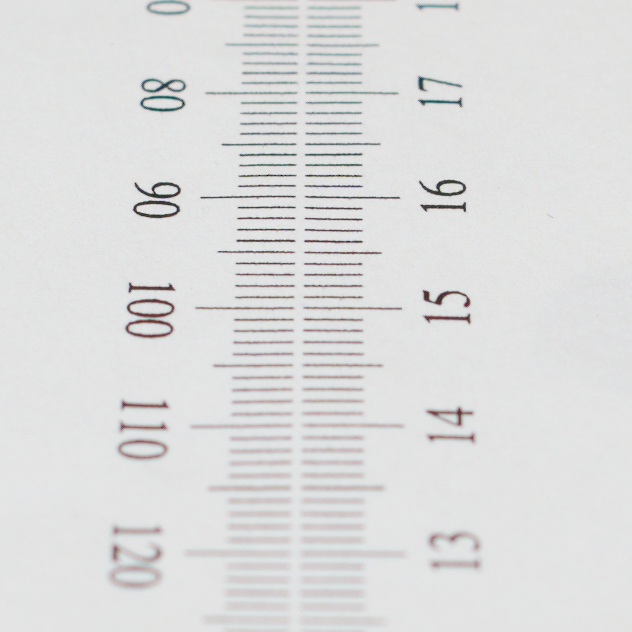

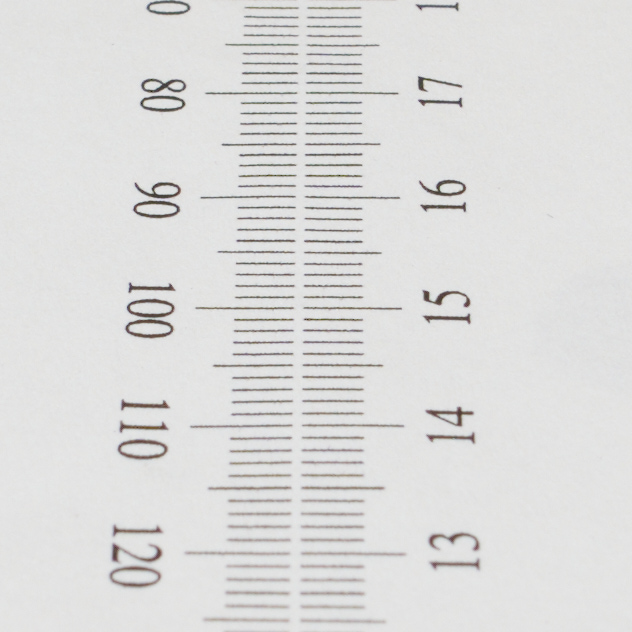
Sample Shots
The following sample shots were RAW-converted in CaptureOne with lens corrections disabled.
The Nikkor Z 20mm f/1.8 S is an excellent ultra-wide-angle lens that also illustrates the progress that lens design has made over the last few years.
In terms of resolution, the broader center quality is nothing short of outstanding at f/1.8. The borders are also impressively sharp whilst the corners are still very usable for applications such as astrophotography, where good corner sharpness is required. Stopping down boosts the corners to a very good level.
Image distortion is on a medium level and CA's are fairly well controlled even in RAW images. The only real weakness of the lens is vignetting which is very high in RAW images at large-aperture settings. Using software correction is advisable here.
A really surprising aspect is the high quality of the bokeh which is much smoother than what we have seen from other lenses in this class.
The build quality of the lens is on a very high level. There are some plastic parts on the lens body yet it feels sturdy and solid. Controls on the lens are reduced to a minimum with just an AF/M switch and the focus-by-wire control ring. The latter works electronically with variable speed and can be customized to control a (small) selection of other functions.
The stepping AF motor is both fast and quiet.
While not cheap, it's quite obvious that the Nikkor Z 20mm f/1.8 S deserves our highest praise - highly recommended!
-
Optical Quality
-
Build Quality
-
Price/Performance

